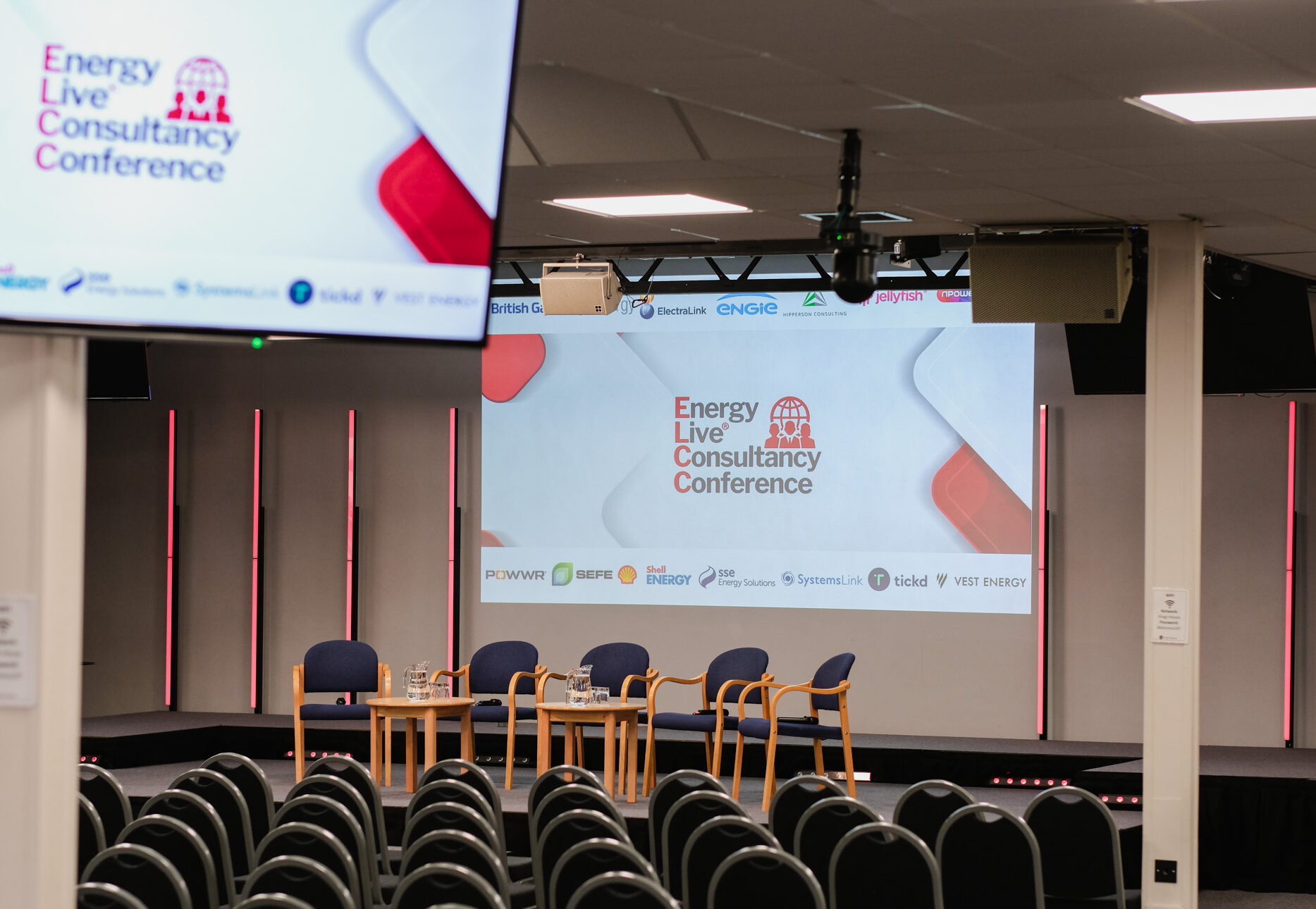With energy costs soaring as we approach a new financial year, energy managers within businesses of all shapes and sizes will be wondering; how can I create an accurate energy budget while prices continue to rise?
While there are many variables that impact energy bills, by reviewing data from a range of sources, you can help ensure your clients are allocating an appropriate budget to energy in 2022/23. To create an accurate energy budget, your clients will need to analyse data on…
Energy consumption
Your clients need to have a clear understanding of their energy usage before they begin to build an energy budget. Typically, the best way to get to grips with consumption is to look back at the consumption data over the past 3-5 years. This should give them enough data to develop a baseline for their energy consumption, as well as identify any patterns in how their business’s energy use changes throughout the year.
However, if a business has adopted a remote or hybrid working model due to Covid-19, it is likely that their 2020/2021 consumption data isn’t as helpful as it could be when it comes to informing an energy budget. Many businesses saw a significant drop in energy use when lockdowns came into force in 2020, for example, and if they switched to hybrid working since the work from home order was lifted, they may still be learning about the impact of this change in working patterns on their energy usage. If so, carrying out an in-depth energy audit can help to be confident in their business’s energy consumption today. They can then build an accurate energy budget.
At SystemsLink, we know it’s difficult for your clients to find and analyse this information themselves, so by using our Energy Management Software, it will help you to keep them to date with the latest price changes and help you to manage their energy accordingly. And with our Unify portal you can bring together a wide range of solutions to tackle challenges your clients .
Energy prices
Whether your client is in a fixed or a flexible energy contract, it’s important to be aware of how commodity and non-commodity energy costs are changing and how they could impact energy bills, so they can budget accordingly. While nobody can predict precisely what will happen in the wholesale market over the next year – or even the next few months – gathering detailed data on what is happening in the market now and what could influence the market in the near future can help to budget better.
Market Eye is one of the leading tools for live energy market prices. Viewing key traded periods for UK gas and electricity to help provide your clients with up-to-date market prices.
And as non-commodity costs now account for a substantial portion of the energy bill, it is also wise to research whether there are any upcoming changes to these costs that could affect your clients budget. In April 2023, for example, Triad costs will be replaced with a fixed charge based on the Agreed Supply Capacity (ASC). This means that your clients will no longer face additional charges for energy used during Triad periods in March — when the Triads are announced — but they could see energy bills increase over the year as a result of the new, fixed charge. Changes like this are important to factor into the budget. Our Budgets app can help give you a forward view of all non-commodity costs to help you prepare.
The impact of any planned changes
Energy costs will also be influenced by any internal changes the business plans to make over the next year, so it’s also crucial to consider how these changes will affect energy consumption. If your clients are planning to install additional machinery on-site, for example, you should calculate the energy requirements of these assets and build this extra load into the energy budget.
If you are working with your client towards a net zero target, or they’re required to comply with the Energy Savings Opportunity Scheme (ESOS) or the Streamlined Energy and Carbon Reporting (SECR) scheme, then you should also consider how any energy efficiency improvements you make will impact energy usage. From switching to LED lighting throughout the site, for example, or installing an on-site generation asset (such as solar panels). Whatever energy efficiency technologies your client invest in, be sure to ask the provider for clear data around the energy savings they can expect to see. Reducing the amount of energy wasted can cut consumption significantly, so you may find that if your client has plenty of efficiency measures in plan the budget may fall over the coming months.
Ensure you’re paying for what you use
In some cases, you may find that you have been overcharged for the energy you use. This is quite common and can add unnecessary additional costs to your energy bill. SystemsLink can help you ensure you’re paying for what you should be through our bureau service and also retrospective forensic audit, looking back up to 7 years.
Removing the administrative burden of ensuring you’re not being overcharged means you can focus on what you do best. We can help you validate your energy bills, report on energy consumption, and recover costs from overcharges.
Budgeting advice from our experts
At SystemsLink, we know that many of your clients will be concerned about their energy budget for the coming year — but we are here to help. Our new app, within the Unify portal allows the creation of budgets for any contract type in a structured and organised way, and most importantly includes future non-commodity cost forecasts.
Our experts are happy to give you a free demonstration of the Budgets app, or any of our solutions to highlight all the benefits it could bring to your clients. Get in touch today by emailing us at sales@systems-link.com




